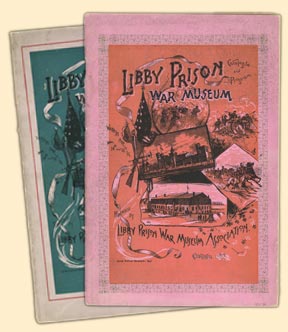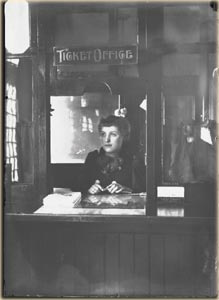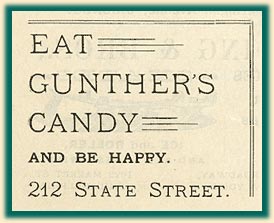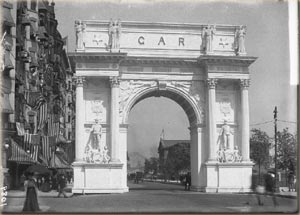



CHARLES Gunther's collection has enshrined the history of Lincoln and the Civil War for generations of Chicagoans.
A tour of the Libby Prison War Museum, where Gunther's collection was displayed from 1889-99, provides a context for the Lincoln assassination relics and a more comprehensive portrait of Gunther as a collector.





Neatly packaged as a Chicago commercial product, the Libby Prison War Museum was a distinctive blend of Civil War relics, American heroes, and exotic curios.
The museum's marketing techniques were surprisingly contemporary, including advertising opportunities in a museum catalog, a souvenir line, name brand products, and tourist facilities. Thousands of artifacts, photographs, and papers were on display; the museum catalogs list only a fraction of Gunther's uninventoried holdings. The galleries were an eclectic mix -- the Lincoln relics were displayed in a former hospital room together with portraits of early Americans and shrunken "Inca" heads -- yet predominant themes were apparent. First and foremost, the Libby Prison galleries were designed as a war museum for Chicago's veterans.
Libby Prison War Museum Catalogues, 1889-90.
The Lincoln assassination was portrayed as the culminating symbol of war and personal sacrifice in the Libby Prison War Museum.
Lincoln's death deeply resonated among former Civil War soldiers. Veterans organizations such as the Grand Army of the Republic attracted a large membership in the 1880s. The museum became a national center for veterans, who managed its day-to-day operations, published a monthly newspaper, guided tours, and hosted reunions of ex-prisoners.

The Libby Prison War Museum was a commercial and political investment, yet the depth of Gunther's holdings and the enduring public response to his relics suggest a more complex interpretation of the candy man collector.
The powerful personal appeal of the Lincoln and Civil War relics touched the hearts of thousands. Over 100,000 visitors toured the museum during its first three months in 1889, with a total first year attendance of 250,000. Gunther received a flood of letters offering him additional Americana, and he amassed an unusually rich and comprehensive Civil War collection.